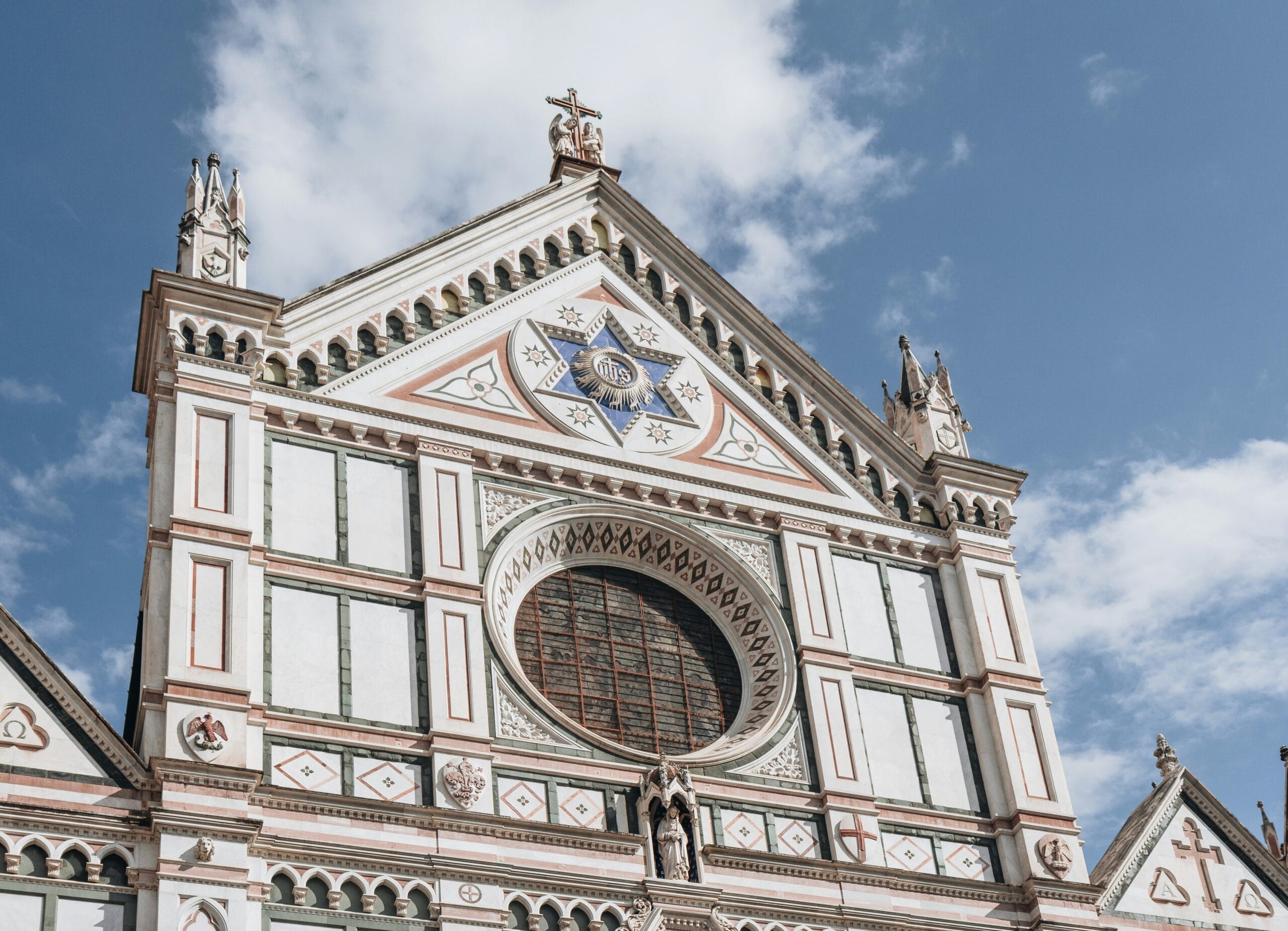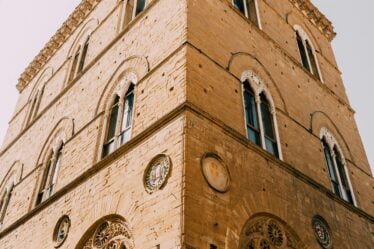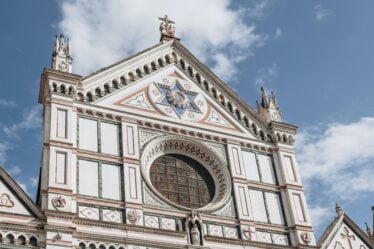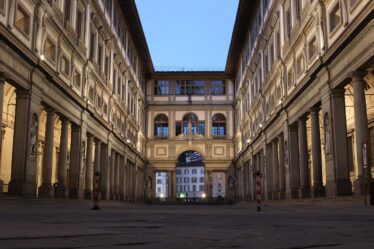

Introduction: The Forgotten Noble Street Still Whispers History
In the heart of Florence, where every stone tells a story, there lies a hidden corner known today as Via Mozza. Yet once, this quiet alley held a very different name: The Forgotten Noble Street. Through the centuries, it was a living stage for aristocratic life, echoing with the grandeur of powerful Florentine families. Let’s take a journey through time to discover how The Forgotten Noble Street earned its name and why its legacy still lingers.
A Street Once Full of Life
Once, this silent street was far from forgotten. Known in the past as the “Piazzuola de’ Nobili”, it served as a vibrant artery of Florence’s noble class. In fact, it resembled a long, elegant courtyard, safely enclosed between the towering palaces of the Bardi, Tempi, and Fossi families.
Not by chance, the street’s name — “Piazzuola de’ Nobili” — reflected its importance. It conjured images of knightly parades, noble ladies leaning from their loggias, and whispered secrets exchanged under flickering lantern light.
Moreover, the influential Nobili family, whose presence dates back to the Middle Ages, gave the street its name. For generations, they lived here, turning the area into a kind of urban fiefdom, secluded from the bustling city beyond.
How the Street Was Literally Cut
However, history is rarely static. Originally, the street opened gracefully onto the Volta dei Tintori, a nearby hub of artisans and merchants. Yet, during later centuries, the powerful architectural ambitions of the Bardi and Tempi families drastically altered its structure.
Indeed, the street was physically “cut” — its access blocked and its layout truncated. With this sudden change, even the street’s name disappeared from common usage, leaving only traces in old cadastral maps and urban history books.
Symbols Still Watching: The Alberti and Mori Ubaldini Families
Nevertheless, the stones of Florence still speak. At one key corner of The Forgotten Noble Street, a marble coat of arms remains as a silent guardian of its lost identity. This beautifully crafted shield is split in two:
- On one side is the emblem of the Alberti family, an ancient and noble Florentine lineage. Their coat of arms features four silver chains stretched diagonally across a blue field, converging into a central ring — a timeless symbol of unity, strength, and perhaps unyielding control.
The Alberti family, it’s worth noting, also produced one of the Renaissance’s most remarkable figures: Leon Battista Alberti, a celebrated architect, humanist, and polymath. His works, like the façade of Santa Maria Novella in Florence, left an indelible mark on Renaissance architecture. Learn more about Leon Battista Alberti here.
- On the other side of the marble shield is the Mori Ubaldini coat of arms. This family, whose roots stretch back to the dense forests of the Apennines, played a significant role in Florence’s medieval history. Their story intertwines with Florence through alliances, political intrigue, and numerous battles. You can read more about the Mori Ubaldini family here: Mori Ubaldini history.
Civic Numbering: A Lost Order
Additionally, even the street numbering system recalls an era long gone. Before the Italian unification, Florence’s civic numbers did not start randomly. Instead, they began from Palazzo Vecchio, the civic heart of the city.
Every door, window, and shopfront was counted meticulously from that point, creating an extraordinary numerical journey. Remarkably, this journey reached number 8025 right here, on The Forgotten Noble Street, underlining the street’s importance in the old urban layout.
Conclusion: The Forgotten Noble Street Endures
Today, The Forgotten Noble Street may seem like just another quiet Florentine alley, yet its walls still breathe history. From the vanished Piazzuola de’ Nobili, to the lingering heraldry of the Alberti and Mori Ubaldini, its story continues to capture the imagination of historians and visitors alike.
For more insight into the legacy of the Alberti family and their role in Florence’s architectural history, explore this detailed article: Alberti Family History – Treccani.



